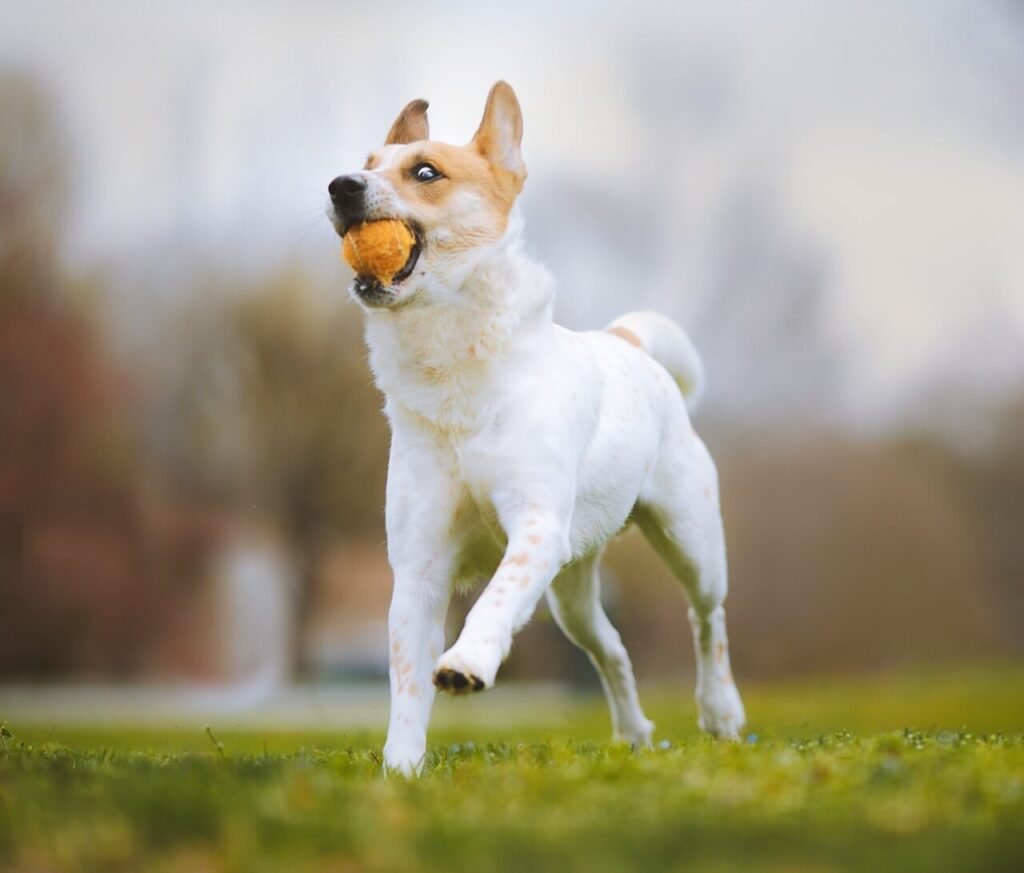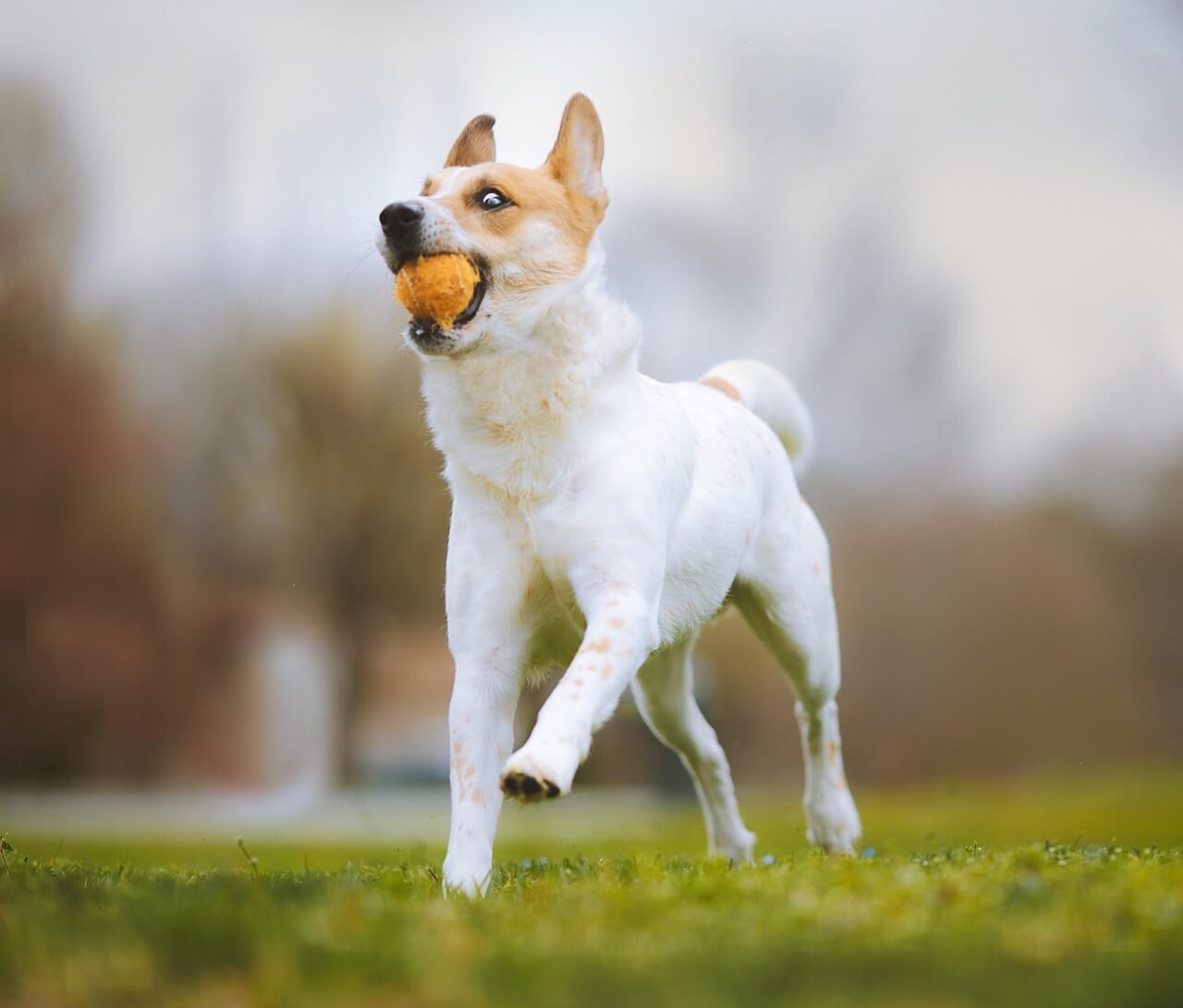What to Do If Your Dog Ate Orange Peel
Dogs are curious creatures, and their tendency to explore the world with their mouths can sometimes lead to unexpected situations—like eating something they shouldn’t. If your dog has just snatched an orange peel off the counter or from the trash, you might be wondering whether it’s cause for concern. While oranges themselves are not toxic to dogs in small amounts, orange peels can pose potential risks due to their tough texture and high concentration of oils. In this blog post, we’ll guide you through what to do if your dog ate orange peel, how to assess the situation, and steps to prevent it from happening again. With expert advice and practical tips, you’ll feel confident handling this sticky situation.
Understanding the Risks of Orange Peels for Dogs
If your dog has eaten an orange peel, it’s important to understand the potential risks involved. While not all cases require immediate panic, some factors could lead to digestive discomfort or more serious issues. Here’s what you need to know:
Digestive Upset
Orange peels are tough and fibrous, which can be difficult for dogs to digest and may cause vomiting or diarrhea.Essential Oils
The peel contains concentrated essential oils like limonene, which can irritate your dog’s stomach or even affect their nervous system in large quantities.Choking Hazard
Large pieces of orange peel can become lodged in your dog’s throat, posing a choking risk, especially for smaller breeds.Intestinal Blockage
If swallowed in large chunks, orange peels can potentially cause intestinal blockages, requiring veterinary intervention.Allergic Reactions
Some dogs may have sensitivities to citrus compounds, leading to mild allergic reactions such as itching or swelling.
While not every instance of orange peel ingestion will result in harm, being aware of these risks allows you to act promptly and appropriately. Always monitor your dog closely after they’ve consumed something unusual.
Signs to Watch For After Your Dog Eats Orange Peel
After your dog eats an orange peel, it’s crucial to observe their behavior and physical condition. Certain symptoms may indicate that the peel is causing problems. Here’s what to look out for:
Vomiting or Diarrhea
These are common signs of digestive distress and may occur if the peel irritates your dog’s stomach lining.Lethargy or Weakness
If your dog seems unusually tired or uninterested in activities, it could signal a more serious issue.Loss of Appetite
Refusal to eat or drink may indicate discomfort or nausea caused by the orange peel.Excessive Drooling
Increased drooling can suggest nausea or irritation in your dog’s mouth or throat.Abdominal Pain
Whining, pacing, or reluctance to be touched around the belly area may point to gastrointestinal discomfort or blockage.
If you notice any of these symptoms, it’s best to contact your veterinarian for further guidance. Early detection and treatment can prevent complications and ensure your dog’s safety.
Check this guide 👉What to Do If Your Dog Ate a Banana Peel: Best 7 Tips!
Check this guide 👉My Dog Ate Raisins: Best 7 Expert Tips!
Check this guide 👉My Dog Ate Coffee Grounds: Best 7 Expert Tips!

Safe Foods for Dogs | Foods to Avoid Giving Dogs |
|---|---|
Cooked chicken (boneless) | Grapes and raisins |
Plain rice | Chocolate |
Carrots | Onions and garlic |
Apples (seed-free) | Alcohol |
Blueberries | Xylitol (sugar substitute) |
Steps to Take If Your Dog Ate Orange Peel
If you discover that your dog has eaten orange peel, staying calm and taking immediate action is key. Follow these steps to address the situation effectively:
Assess the Amount Consumed
Determine how much orange peel your dog ingested. Small amounts are less likely to cause harm compared to larger quantities.Check for Obvious Symptoms
Look for signs of choking, gagging, or difficulty breathing, which may require emergency care.Encourage Hydration
Offer fresh water to help your dog flush out any irritants and reduce the risk of dehydration.Call Your Veterinarian
Even if your dog seems fine, consult your vet for professional advice tailored to your dog’s size, breed, and health history.Monitor Closely for 24 Hours
Keep a close eye on your dog for any changes in behavior or physical condition over the next day.
By following these steps, you can minimize potential risks and ensure your dog receives appropriate care. Remember, prevention is always better than cure!
Preventing Future Incidents with Orange Peels
The best way to protect your dog from the risks of orange peels is to prevent access altogether. Here are some proactive measures to keep your pup safe:
Dispose of Peels Safely
Place orange peels in a secure trash can that your dog cannot access. Consider using a lidded bin to deter curious noses.Supervise Snack Time
When enjoying fruits like oranges, keep them out of reach and supervise your dog to avoid accidental ingestion.Teach “Leave It” Command
Train your dog to respond to the “leave it” command, helping them resist temptation when encountering forbidden items.Use Pet-Safe Trash Bags
Opt for pet-proof trash bags or containers to reduce the likelihood of your dog rummaging through waste.Provide Healthy Alternatives
Offer dog-friendly treats or snacks to satisfy your pup’s cravings and redirect their attention away from human food.
Taking these preventive measures can significantly reduce the chances of another orange peel incident. A little effort goes a long way in keeping your furry friend safe and happy.
How to Train Your Dog to Avoid Orange Peels
Training your dog to avoid orange peels can save you from future stress and potential vet visits. With consistent practice and positive reinforcement, you can teach your pup to steer clear of forbidden items. Here’s how:
Use Positive Reinforcement
Reward your dog with treats or praise when they ignore orange peels or other non-food items during training sessions.Practice “Drop It” Command
Teach your dog the “drop it” command so they learn to release any inappropriate objects they pick up.Introduce a “No Sniff” Zone
Designate areas like the trash can or kitchen counter as off-limits and reinforce this boundary regularly.Simulate Real-Life Scenarios
Place orange peels on the floor during training and guide your dog away, rewarding them for compliance.Be Consistent
Repeat training exercises daily to reinforce the behavior and ensure long-term success.
With patience and consistency, your dog will learn to avoid orange peels and other potentially harmful items. Training not only protects your dog but also strengthens your bond.
Alternative Treats to Satisfy Your Dog’s Cravings
If your dog is drawn to oranges or their peels, offering safe and healthy alternatives can redirect their focus. Here are some nutritious options that are both dog-friendly and delicious:
Plain Cooked Vegetables
Carrots, green beans, and sweet potatoes are low-calorie snacks packed with vitamins and fiber.Fruit Without Seeds
Apples (seed-free), blueberries, and watermelon make excellent sweet treats for dogs.Lean Proteins
Small pieces of cooked chicken, turkey, or beef provide a satisfying protein boost without added fats or seasonings.Peanut Butter (Xylitol-Free)
A small dollop of peanut butter can be a tasty reward, but always check the label for harmful additives like xylitol.Commercial Dog Treats
High-quality store-bought treats formulated for dogs offer convenience and peace of mind.
By providing these alternatives, you can satisfy your dog’s cravings while ensuring their diet remains safe and balanced. A happy dog is a well-fed dog!
Common Household Items That Are Dangerous to Dogs
Beyond orange peels, many household items can pose risks to your dog’s health. Being aware of these hazards allows you to create a safer environment for your pet. Here’s what to watch out for:
Household Cleaners
Many cleaning products contain chemicals that are toxic if ingested or inhaled by dogs.Human Medications
Pills, ointments, and supplements meant for humans can be highly dangerous to dogs even in small doses.Plants and Flowers
Certain plants like lilies, azaleas, and poinsettias are toxic to dogs and should be kept out of reach.Small Objects
Coins, rubber bands, and hair ties can cause choking or intestinal blockages if swallowed.Trash Cans
Unsecured trash cans may contain spoiled food, bones, or hazardous items that attract curious dogs.
By identifying and securing these common hazards, you can minimize risks and create a safer home for your furry friend. Prevention is always better than dealing with an emergency.
FAQ
Is orange peel toxic to dogs?
While orange peel isn’t highly toxic, its oils and fibers can upset your dog’s stomach or cause blockages if ingested in large amounts.
What should I do if my dog shows no symptoms?
Continue monitoring your dog closely for at least 24 hours. If no symptoms appear, they are likely fine, but consult your vet for peace of mind.
Can I induce vomiting if my dog eats orange peel?
Inducing vomiting should only be done under veterinary guidance, as it may not always be safe depending on the situation.
Are oranges safe for dogs to eat?
Yes, small amounts of peeled oranges (without seeds) are generally safe for most dogs, but moderation is key due to their sugar content.
How can I stop my dog from eating non-food items?
Training, supervision, and providing plenty of toys or chewable alternatives can help curb this behavior over time.
Stay Vigilant, Stay Prepared
Accidents happen, even with the most careful pet owners, but knowing how to handle situations like your dog eating orange peel can make all the difference. By understanding the risks, recognizing warning signs, and taking swift action, you can ensure your furry companion stays healthy and happy. Prevention remains the best strategy, so take steps to safeguard your home and educate yourself about safe and unsafe foods for dogs. With patience, vigilance, and a dash of love, you’ll continue to provide the best care possible for your four-legged family member.
Understanding Cryptosporidium in Cats: Best 7 Expert Tips! – Spot symptoms, treat safely, and stop parasite spread in your home.
Understanding Cryptosporidium in Dogs: Best 7 Expert Tips! – Learn symptoms, treatment & prevention for this stubborn gut parasite.
Understanding Syringomyelia in Cats: Best 7 Expert Tips! – Recognize signs, manage pain, and support your cat’s neurological health with vet-backed guidance.
Understanding Syringomyelia in Dogs: Best 7 Expert Tips! – Expert insights on symptoms, MRI diagnosis, pain management & quality of life.





